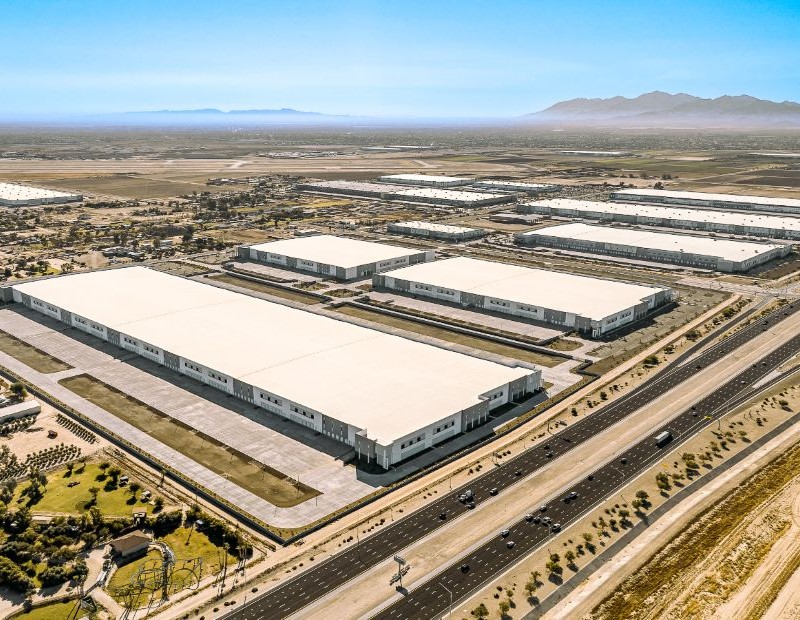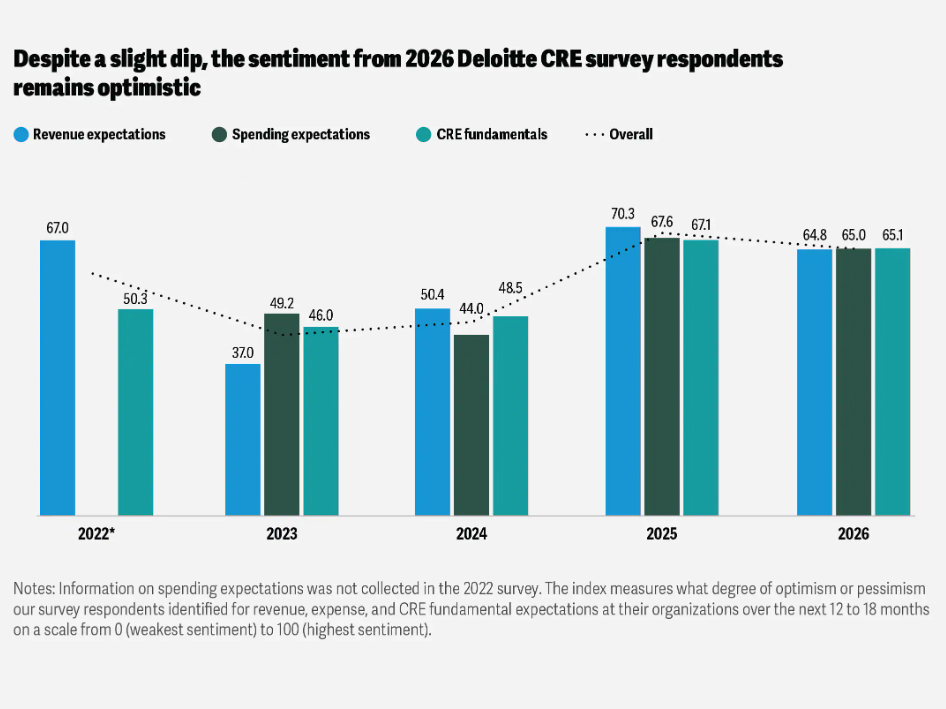Top 5 Risks REITs Face Today
These conditions are challenging performance and valuations, writes Duncan Ellis of Marsh.

Since the Real Estate Investment Trust Act went into effect in 1960, the benefits of REITs—which can include regular revenue streams, portfolio diversification and long-term capital appreciation—have expanded to a much wider group.
Originally accessible only to financial intermediaries and wealthy individuals, today nearly 170 million Americans participate in REIT investments through 401(k)s, IRAs, pension plans and other retirement accounts. More broadly, the global REIT industry has become a multitrillion-dollar market.
With promising opportunities ahead for the REIT sector come challenges that could have an impact on organizations’ stability and performance. As the landscape continues to evolve, five critical risks rise to the forefront. Recognizing and managing these risks in a timely way is essential for investors, risk managers and other stakeholders aiming to safeguard their assets and capitalize on emerging opportunities.
LIKE THIS CONTENT? Subscribe to the CPE Capital Markets Newsletter
1. Economic and financial uncertainty
Economic conditions can significantly influence property assets. Fluctuations in interest rates, inflation and economic growth directly influence property values and income streams. For example, rising interest rates increase borrowing costs, making it more expensive for REITs to finance acquisitions and development projects or refinance existing debt.
That said, REITs have demonstrated resilience amid uncertainty. At the end of 2024, REITs’ total returns were up 4.9 percent according to Nareit, even after falling 8.2 percent during the fourth quarter. Looking ahead, the outlook remains positive for REITs to capitalize on emerging opportunities—but stakeholders need to monitor macroeconomic indicators and adjust their risk management strategies accordingly.
REITs may consider conducting valuations of their real estate assets that accurately reflect current market conditions and replacement costs. Doing so can help REITs make more informed decisions regarding acquisitions and capital improvements.
2. Shifting industry dynamics
The real estate sector is undergoing significant transformation, especially in the office and retail spaces. The rise of hybrid work models has reshaped demand for traditional office spaces, leading to increased vacancies and downward pressure on rents. Retail REITs face similar challenges from the growth of e-commerce and changing consumer behaviors.
To adapt, many REITs are exploring innovative strategies such as experiential retail, mixed-use developments, and repositioning assets to meet new tenant needs. Understanding these industry dynamics is an essential component of a REIT’s overall strategy to remain competitive and resilient in a rapidly evolving market.
3. Geopolitical and regulatory risks
Global tensions and political shifts can have profound impacts on REITs, especially those with international investments or exposure to foreign capital markets. Geopolitical instability can disrupt capital flow, increase market volatility and create uncertainty for investors.
Simultaneously, regulatory environments are constantly changing. New policies related to zoning, environmental standards or tax laws can influence property values and operational costs. REITs that do not stay ahead of these regulatory shifts may face reputational damage, financial penalties or reduced investor confidence.
4. Climate-related vulnerabilities
Climate change presents a growing threat to real estate assets. Extreme weather events—such as hurricanes, floods and wildfires—can cause significant property damage, potentially leading to loss of life, significant repair costs and increased insurance premiums. In 2024, 27 individual weather and climate disasters in the U.S. caused 568 direct or indirect fatalities, and at least $1 billion in damages each. The physical risks associated with climate change can threaten people and properties, influencing the long-term viability of REITs.
Investors are increasingly prioritizing sustainability, and REITs that proactively incorporate adaptation and resilience measures can gain a competitive edge. This approach helps mitigate physical risks, while also aligning with investor expectations for responsible investing.
5. Technology and cybersecurity risks
In today’s deeply interconnected and digital world, cyber risks are more prominent than ever with 72% of cyber leaders reporting that cyber risks are growing. Cyberattacks targeting property management systems, tenant data or financial information can result in substantial financial losses, operational disruptions and reputational harm.
REITs should consider investing in robust cybersecurity measures, regularly updating their systems and training staff to recognize potential threats. Developing robust internal cyber controls and training employees appropriately can help mitigate threats and maintain operational continuity.
Building resilience against future challenges
As the REIT landscape continues to develop, staying informed and adaptable will be key to navigating the uncertainties ahead. By implementing comprehensive risk management strategies and remaining attentive to shifting dynamics, REITs can continue to serve as a vital component of diversified investment portfolios and position themselves for lasting success.
Duncan C. Ellis is managing director and U.S. & Canada Real Estate and Hospitality Industry Practice leader at Marsh.







You must be logged in to post a comment.